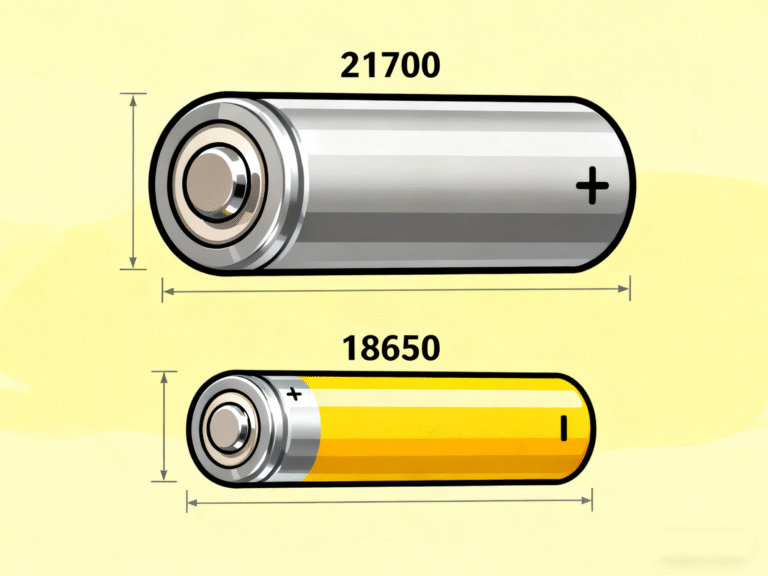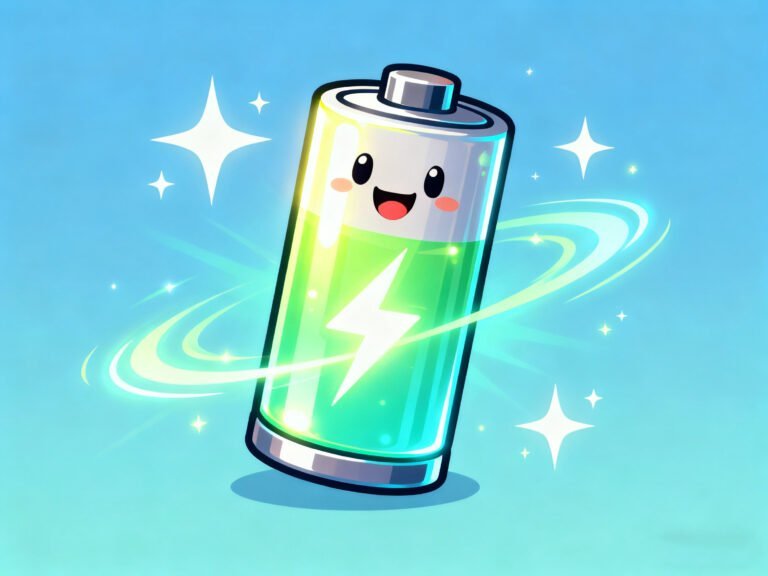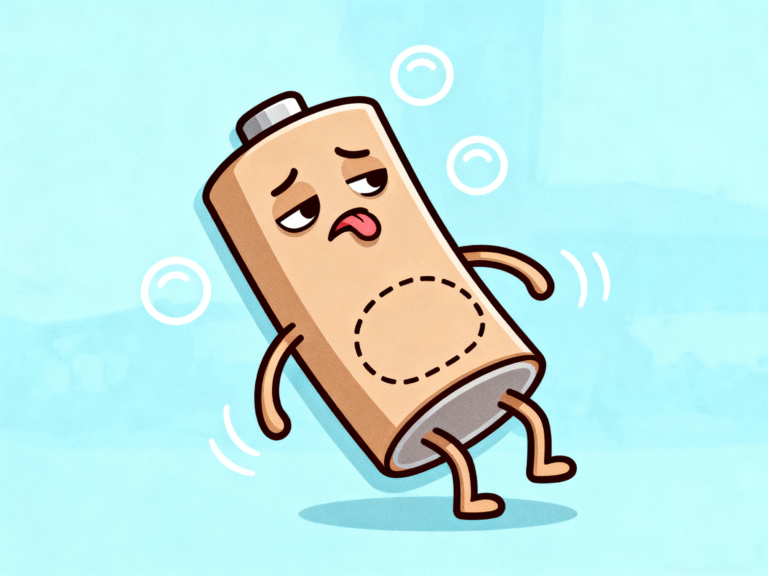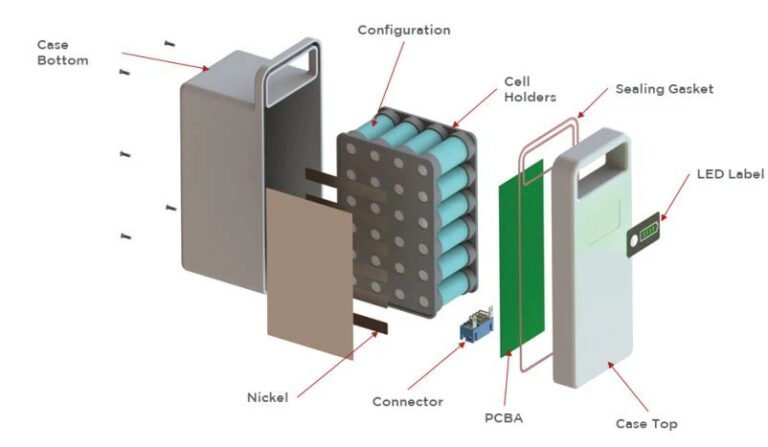急速に進化するエネルギー貯蔵市場において、安全性とコンプライアンスはオプションではなく、必要不可欠です。リチウムイオン電池技術は、現代の電動モビリティ、ポータブル電子機器、産業オートメーション、再生可能エネルギーシステムの基幹となっています。しかし、高いエネルギー密度には、バッテリーの設計や製造が不適切な場合、過熱やショート、さらには発火のリスクが伴います。
UL認証は、企業や消費者にとって、製品の安全性を保証する世界的に信頼された認証です。電動自転車、無人搬送車、電動工具、大規模なエネルギー貯蔵システムなど、どのような用途でバッテリーを調達する場合でも、UL認証のバッテリーパックを選択することで、運用上のリスクを大幅に軽減し、法規制を遵守し、ブランドの評判を守ることができます。
このニュースリリースでは、それを探る:
ULとは?
なぜUL認証がバッテリーパックに重要なのか?
UL認証の仕組み
UL認証バッテリーパックを購入するには?
東莞伊湛電子科技有限公司がUL準拠ソリューションの信頼できる選択肢である理由は?
1.ULとは?
ULとは、Underwriters Laboratories(アンダーライターズ・ラボラトリーズ)の略で、1894年に設立された米国を拠点とする安全科学に関する独立機関です。当初は電気機器の安全試験を目的として設立されたULは、その後、製品安全試験、検査、認証の世界的リーダーへと成長しました。
1.1 グローバル・プレゼンス
本社:米国イリノイ州ノースブルック
100カ国以上で事業展開
14,000人以上のプロフェッショナルを雇用
1,500以上の安全規格を発行
ULは、規制当局、製造者、業界団体と協力し、家電製品から再生可能エネルギーシステムに至るまで、様々な分野で進化する安全上の課題に対応する規格を開発しています。
2.バッテリーのUL認証
バッテリーのUL認証は、製品が特定の安全性、性能、製造品質基準を満たしていることを証明するものです。単なる「ラベル」ではなく、そのバッテリーが厳しい試験と継続的な検査に合格していることを証明するものです。
2.1 バッテリーの共通UL規格
UL 2054 - 家庭用および業務用電池
UL 2271 - eBikeやeScooterなどの小型電気自動車(LEV)用バッテリー
UL 2272 - 個人用Eモビリティ機器(ホバーボード、e-スケートボード)用電気システム
UL 2580 - 電気自動車用バッテリー
UL 1973 - エネルギー貯蔵システムおよび定置用電池
UL 62133 - 携帯用リチウムイオン二次電池
各規格はそれぞれ異なる応用分野に焦点を当て、固有の安全リスクに対処している。
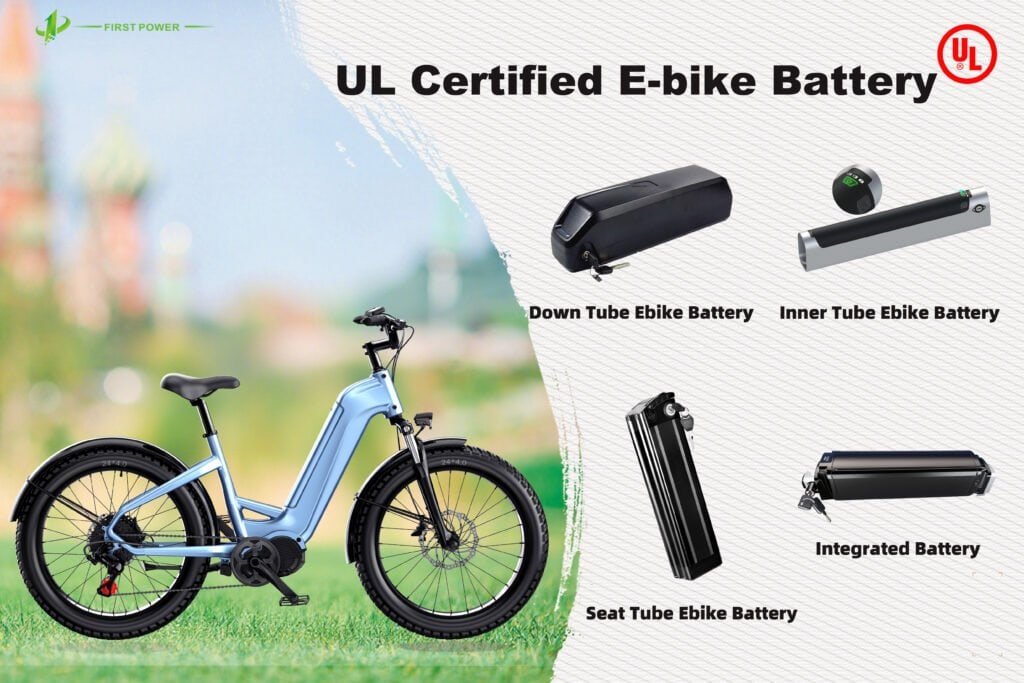
3.UL認証が重要な理由
3.1 安全性の保証
リチウムイオン電池は、小さな体積に大量のエネルギーを蓄えます。設計不良や製造上の欠陥が原因となることがある:
オーバーヒート(熱暴走)
火災または爆発
有害ガスの漏洩または排出
UL認定のバッテリーが検査を受ける:
電気テスト - 過充電、過放電、短絡、強制放電
機械試験 - 破砕、振動、落下、衝撃
環境試験 - 高温/低温サイクル、湿度、熱衝撃
虐待テスト - 釘の貫通、火への暴露
これらのテストは、安全性を確保するために、実環境や過酷な使用条件をシミュレートしている。
3.2 規制遵守
多くの地域で、市場に投入される製品にはULへの適合が義務付けられています:
米国 - eBikeバッテリーは多くの場合、UL 2849またはUL 2271に適合していなければなりません。
カナダ - CSAは、相互認証協定に基づき、UL認証製品を受け入れています。
ヨーロッパ - UL認証は、安全指令に基づくCEマーキングに対応しています。
アジア太平洋地域 - 多くの政府機関が安全規制の中でUL規格を参照しています。
UL認証がない場合、通関が遅れたり、拒否されたりする可能性があります。
3.3 ブランドの信頼性と市場アクセス
エンドユーザー、ディストリビューター、企業の顧客は、UL認証に高い安全性と品質を連想します。ULマークは、2つのサプライヤーを選択する際の決め手となることがあります。
3.4 リスク軽減
バッテリーの発火による製品リコールは、大きな損害となり、企業の評判を落とします。UL認証を取得することで、このような事故が発生する可能性が低くなり、財務の安定性とブランドイメージの両方を守ることができます。
4.UL認証の仕組み
4.1 ステップ1 - 申請書の提出
製造者は、以下を含む申請書を提出する:
製品設計仕様
電気回路図
材料リスト
想定される使用例
4.2 ステップ 2 - ラボ検査
ULのエンジニアが徹底的なテストを実施:
過充電テスト - バッテリーが危険な影響を受けることなく、定格電圧を超える充電に対応できることを確認します。
短絡テスト - 偶発的なプラス-マイナス端子接触時の安全性を確認します。
振動試験 - 輸送や取り扱いのストレスをシミュレートします。
熱試験 - 極端な温度下での安全性を保証します。
4.3 ステップ 3 - 工場監査
UL監査員は製造施設を検査し、確認します:
品質管理手順
材料のトレーサビリティ
製造における一貫性
4.4 ステップ4 - 継続的なコンプライアンス
ULは、認証の継続性を確認するために、抜き打ちのフォローアップ検査を実施します。検査に不合格となった場合、認証は取り消されます。
5.UL認証バッテリーパックの購入方法
5.1 要件の定義
調達する前に仕様を把握する:
電圧(例:36V、48V、60V)
容量(Ah定格)
Cレート(放電率)
サイズと重量の制約
該当分野のUL規格
5.2 UL認証の確認
製造者にULファイル番号を要求する
ULの公式データベースで照合してください:UL Product iQ
購入しようとしているモデルが正確に記載されているか確認する。
5.3 信頼できるメーカーを選ぶ
UL認証を取得したサプライヤーと協力すること。例えば、Dongguan Yizhan Electronic Technology Co., Ltd.は、eBike、AGV、ロボット、エネルギー貯蔵システム用のリチウム電池パックを製造しており、その多くがUL 2271またはUL 2054の認証を受けています。
5.4 サンプルとテストの依頼
大量注文をする前に、実際のアプリケーションでバッテリーをテストしてください。ご確認ください:
ランタイム・パフォーマンス
運転中の温度上昇
充電時間と互換性
5.5 保証とサポートを理解する
UL認定の専門業者が提供します:
製品保証条件
アフターサービス
規制監査のための安全コンプライアンス文書
6.偽のUL認証を避けるためのヒント
印刷されたULロゴを検証なしに信用してはなりません。
UL-compliant」や「UL-style」といった表現に注意してください。
常にULオンラインデータベースをチェックしてください。
UL認証は、個々のセルだけでなく、最終的に組み立てられたバッテリーパックにも適用されることを確認してください。
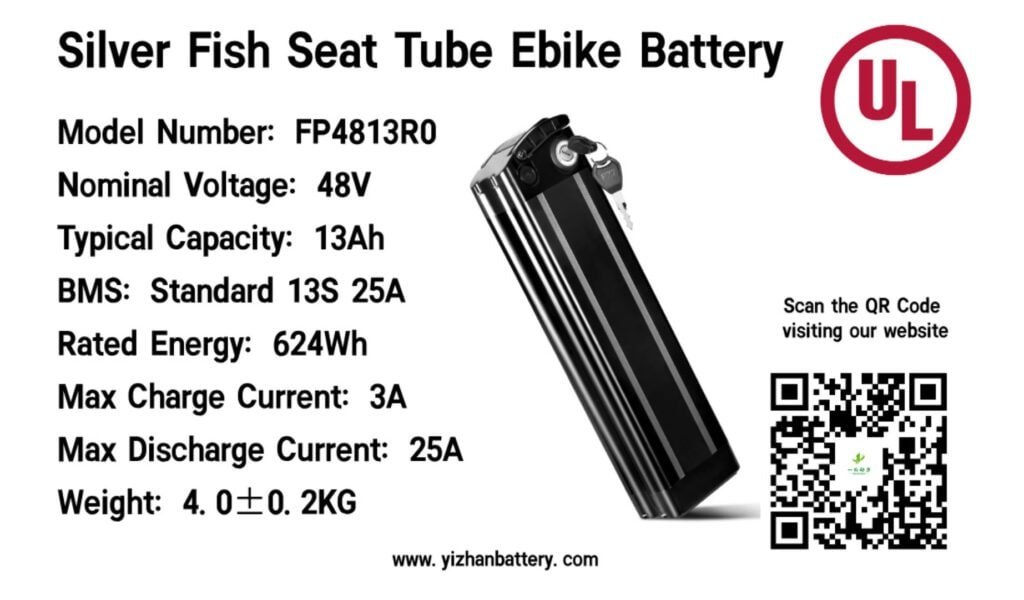
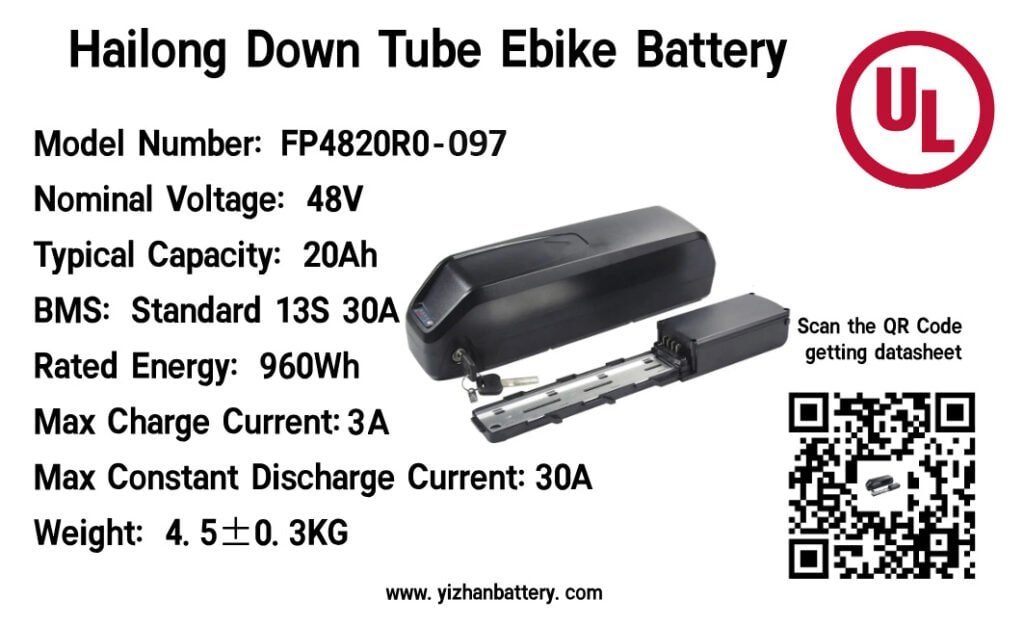
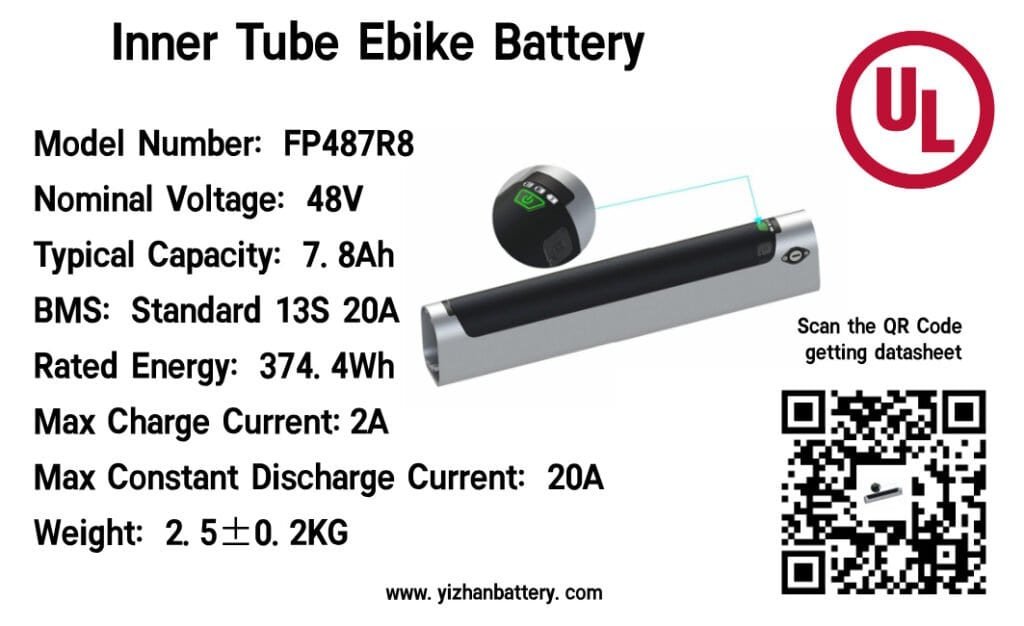
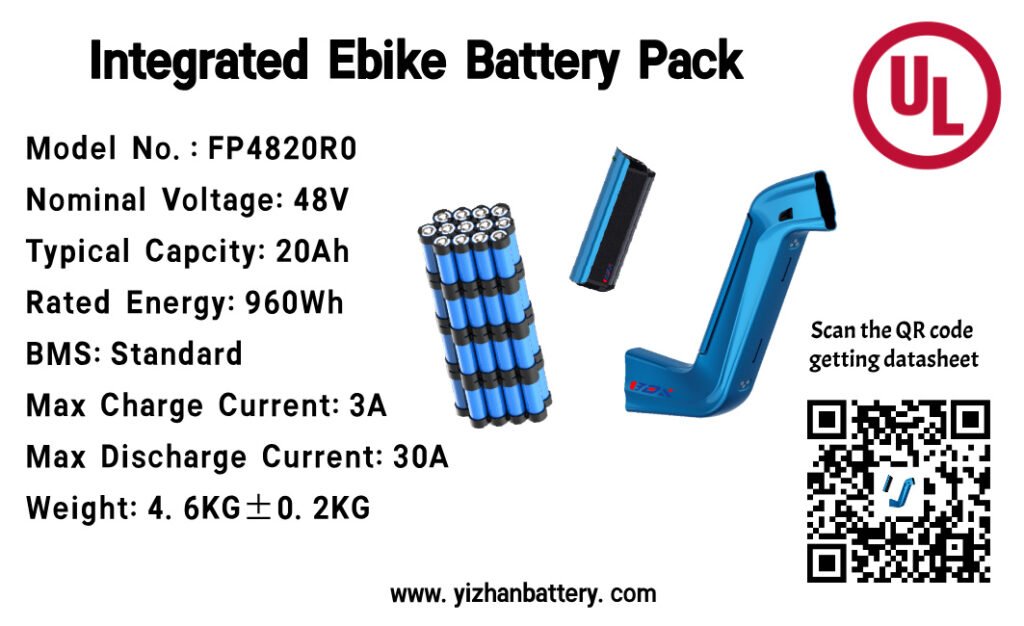
7.東莞伊湛電子科技有限公司- あなたのUL認証バッテリーパートナー
リチウム電池の研究開発と製造における長年の経験を持つ東莞Yizhanは、UL認定ソリューションの信頼できるサプライヤーです。
7.1 利点
UL 2271、UL 2054、UL 1973に関する専門知識
ISO 9001認証の製造施設
異なる電圧、容量、形状の要件に対応するカスタム・バッテリー設計
プロトタイピングとテストのための強力なエンジニアリング・チーム
コンプライアンスをサポートするグローバル配送
7.2 サービス産業
電動自転車とスクーター
無人搬送車 (AGV)
ロボット工学
エネルギー貯蔵システム
産業機器
UL認証は、単なるマーケティング・バッジではなく、安全性、信頼性、コンプライアンスを示すグローバル・スタンダードです。バッテリーの安全事故が深刻な結果をもたらす可能性のある市場において、UL認証のバッテリーパックを選択することは、賢明かつ責任ある選択です。
ULとは何か、なぜ重要なのか、どのように認証を確認するのかを理解することで、顧客、ブランド、ビジネスを守ることができます。
安全で信頼性の高い、UL準拠のバッテリーパックをお探しなら、東莞伊湛電子科技有限公司(Dongguan Yizhan Electronics Technology Co.
連絡先
東莞伊湛電子科技有限公司
ウェブサイト:www.yizhanbattery.com
Eメール:sales@szfirstpower.com

